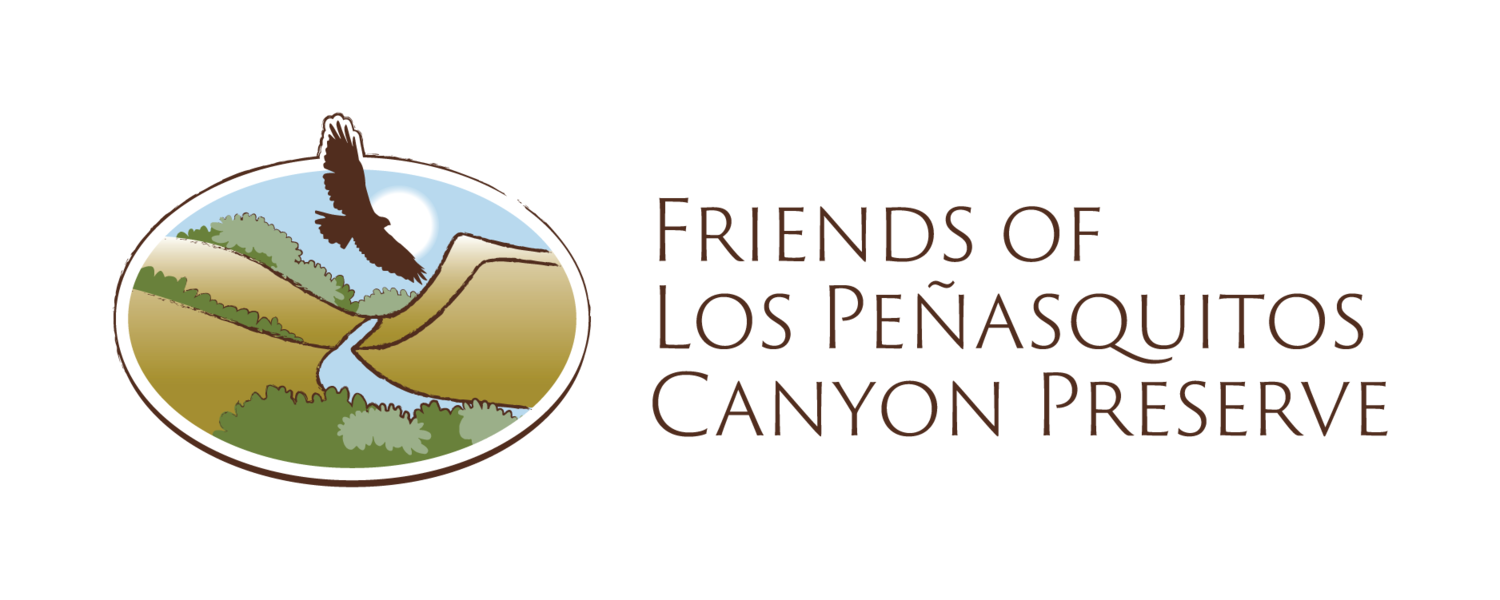Tarantula Hawks Do What??
Georgette Baker
Say hello to one of our Black Mountain Park residents, the Tarantula Hawk. This is a type of large wasp. This beautiful wasp is black with bright orange wings and can grow to two inches.
The sting of this creature is extremely painful though not very venomous. Entomologist Justin Schmidt ranked them at the top of his insect sting pain index. He described the sting as ‘Blinding, fierce, shockingly electric.’
They are a parasitoid which means they lay their eggs on or in the bodies of other arthropods, those with exoskeletons. The Tarantula wasp attacks, you got it, TARANTULAS! It will also sting other large spiders.
The female wasp is the hunter. These large beauties use their sting to paralyze their prey before dragging it to an underground nest. She lays a single egg inside the body of the paralyzed tarantula. When the larva hatches, it makes a hole in the body of the spider and feeds on it being careful to eat the organs last, for a lasting meal, so to speak. It will take several weeks for the egg to transform and become a full grown wasp.
Once the larva pupates and hatches, the young Tarantula Hawk feeds on plants such as the milkweed. The adult tarantula hawk is insectivorous, what? It now changes its diet to nectar? The nectar from milkweed plants are a favorite and tarantula hawks play an important role in pollinating these plants.
The female Tarantula Hawk decides whether to have male or female offspring. The females store sperm after mating and decide whether to inseminate an egg or not. Fertilized eggs become females and unfertilized eggs develop as males. The males are smaller in size and don’t hunt.
Due to their extremely large stingers, they have very few predators. Only Roadrunners and bullfrogs will consider them for food. Here at Black Mountain Park we are fortunate to have Roadrunners and Tarantula Hawks.


